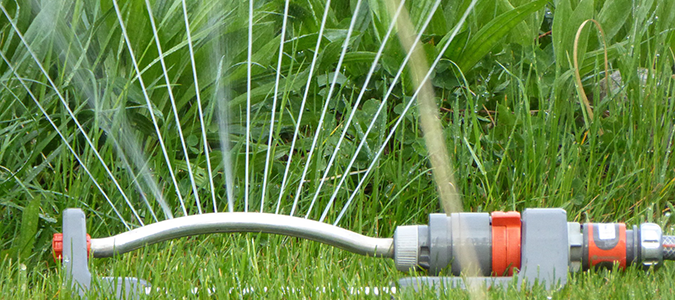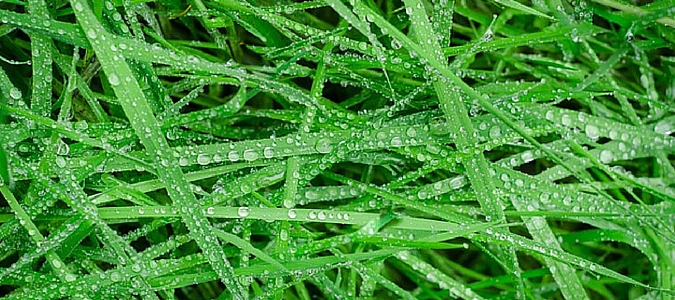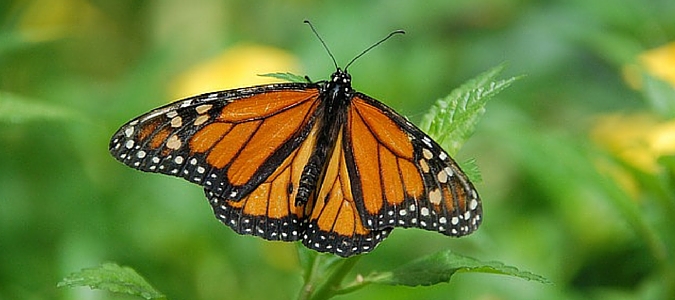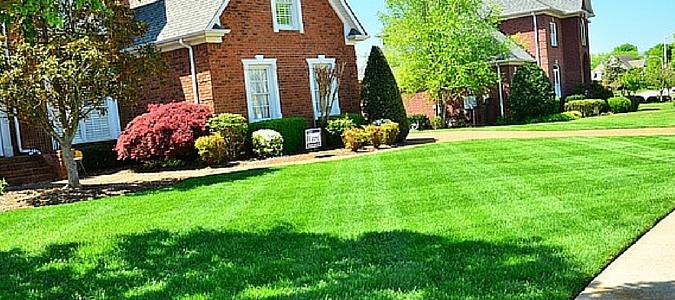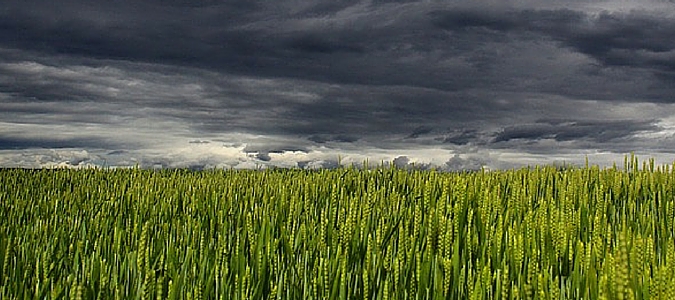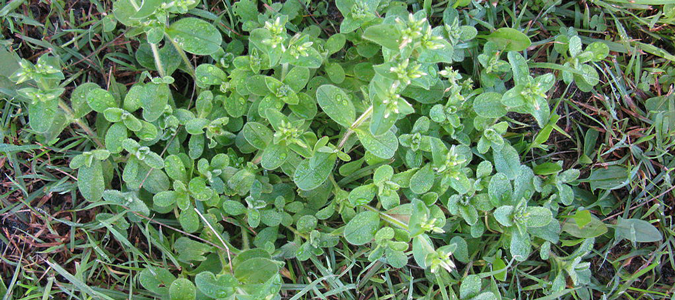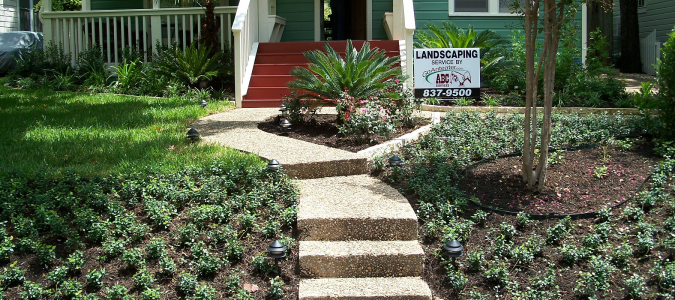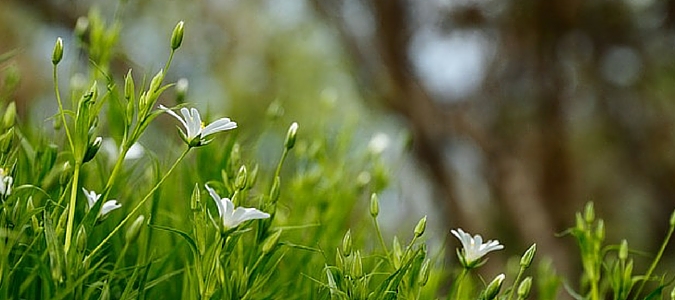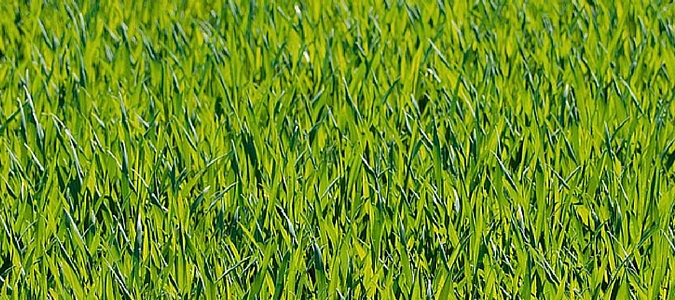How to handle your neighbor’s overgrown trees
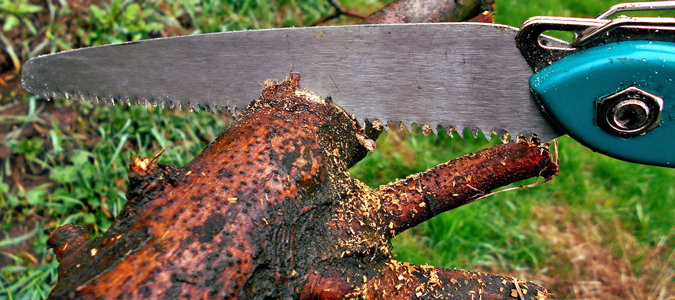
Large, established trees are a fixture in many older neighborhoods. Think about the new home developments you’ve visited, and they all likely have one thing in common: no established trees! These older trees provide shade on hot summer days, a home and food source for animals, play areas for children, and can even provide energy savings when blocking sunlight from entering a home.
With all of these benefits come several challenges. Property lines in neighborhoods exist in fixed areas, and tree growth of both roots and branches do not conform to any set location. Homeowners commonly run into situations where a tree sits on a property line, or a tree trunk grows in one yard with its branches hanging into another yard.
As a homeowner, what is the best way to deal with a shared tree that requires maintenance?
First, understand that this is a very common issue. The root systems of trees … Read Full Post »
